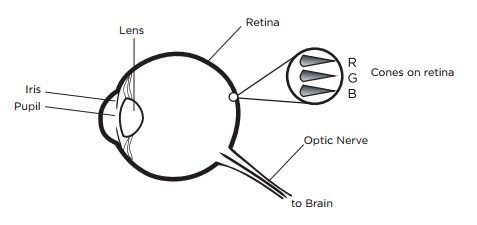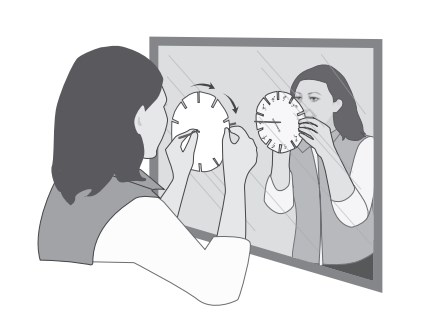Animation involves the blending of art, science and technology. The process of animation involves illustrating, storyboarding and filming—among other processes. But did you know that animating static images involves the optical illusion of motion?
The basis behind all animation is the idea of persistance of vision, which is how our brains perceive moving static images as images in motion. Scientists attribute this feature to how the visual cortex of our brain processes the visual information we receive (colour, depth, form, etc.) via our retinas.

Research and historical evidence show that we begin to perceive motion and lose awareness of the spaces between the static images when they are shown at a rate as low as 10 frames per second. Cool, huh?
Discover optical illusions for yourself!
- Learn how images are formed from the combination of information received by rods and cones on the retina in this fun puzzle/relay game
- Investigate how the structure and placement of our eyes creates depth perception in this random dot stereogram demonstration
- Explore how we appear to see colours from a spinning black and white disk
- Investigate how our brains blend separate images by making a thaumatrope
- Turn a series of static images into motion by making a stroboscope
For the full unit, check out Illusions.

Check out this great TED-ED lesson idea on Animation Basics.